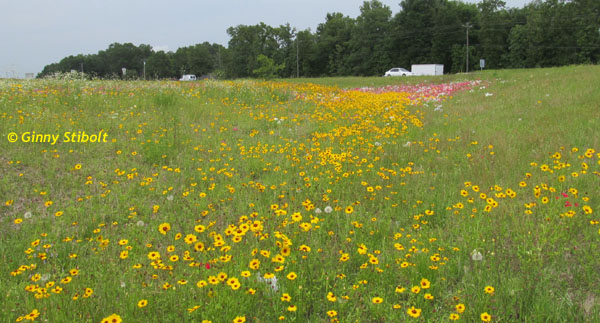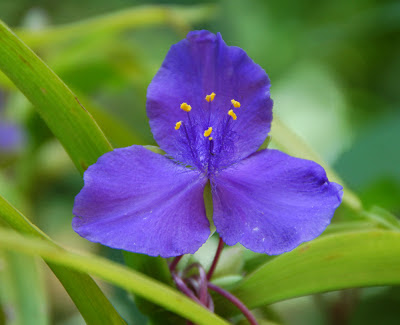 |
Talking to people at the Wildflower Festival in Deland
about my vegetables and my books. A fun event. |
The "Flowered Shirt" Book Tour
June is upon us and that means that this whirlwind book tour is almost over, and of the six or seven dates left, only two are public.
1) June 10th I'll be speaking to the Cuplet Fern Chapter of the Florida Native Plant Society in Sanford, FL at 7pm at 200 Fairmont Ave. 32773. My presentation is Ecosystem Gardening and it's open to the public. I will, of course, also be signing books afterwards.
2) June 15 An open house event at Sunrise Jubilee Farm in Baker CountyAn afternoon celebration on the farm at 4:30pm in Baker County. Jennifer Asbury writes, "This is an open house for the Farm. We were invited to be a part of Ginny Stibolt's book Tour featuring her new book 'Organic Methods for Vegetable Gardening in Florida.' We will also have face painting, hoping for a hayride, looking for some local artisans to join us, a community potluck..(so please bring an amazing dish you can share)." There will also be music. Let Jennifer know if you wish to come to the celebration.
Here is the farm's Facebook page where you can send a message so she can send you driving instructions. If wish to attend and you're not on Facebook let
me know.
While I've loved the various
gardenfests, most of my speaking engagements have been at Florida Native Plant Society chapter meetings and Master Gardener meetings. And what great audiences they've been! They've asked great questions and have bought a lot of books. I'm always in interested in these in-depth discussions about organic gardening and how important it is for the health of our state. Plus both of these groups do so much volunteering in their communities and provide great outreach and education, so I'm pleased that I can play a part in supporting their efforts.
It's been fun to drive all over Florida this spring. The scenery is often spectacular especially where the "no mow" roadsides have been planted with wonderful wildflowers and where the roads go through undeveloped wooded areas. But, as I found out recently, I didn't need to leave Clay County to find beautiful roadside wildflowers: There is a great display of wildflowers just south of Middleburg. I've also seen some interesting birds including bald eagles, ospreys, roseate spoonbills, crested caracaras, and various egrets and herons.
Florida is a fantastic state!
 |
| A flowered roadside in Clay County. |
 |
Ironically, this is just across the road from the wonderful wildflowers in Clay County shown above.
Which side is more sustainable? |
 |
I was honored to receive the coveted Green Palmetto
Award at the FNPS conference. Yes, of course I was
wearing another one of my flowered shirts! |
The Florida Native Plant Society Conference came to Jacksonville!
I was on the conference committee, the publicity chair, and it was a lot of work to put the conference together. We'd been planning it for more than two years. But in the end it was all worthwhile, because everything came off without a hitch. Yay!
To learn about some of the activities and see some of my photos, read my "live Blogging" posts from the conference:
Live Blogging from the 2013 FNPS Conference;
Live Blogging from the Conference Friday; and
Live Blogging from the Conference Saturday.
I particularly loved the three-hour nature journaling workshop taught by Elizabeth Smith that I arranged for and then participated myself. We all received an FNPS bag with a sketchpad, pencils, a nice pen, some water colors, a water brush, which I'd never been aware of before. Now the question is whether I will make myself slow down and actually take the time to sketch nature as I see it. I wrote about it in the first post above.
One morning in the garden...
 |  |
| The dune sunflowers glow in the morning light. | An oakleaf hydrangea flower head makes
this native shrub very showy. |
 |
| My transplanted longleaf pine is finally going vertical! |
Back in December 2008, I wrote about transplanting this
longleaf pine. Well, it has taken its own sweet time to finally go vertical. I guess the transplanting procedure really set it back since these pines develop substantial root systems as part of their defense against fire.
More time?
Now that I will have a little more time to garden now that the book tour is winding down and I've been able to scrape myself from the driver's seat. But only a little, I'm already working my my next book for University Press of Florida.
I wish you a happy summer season in your garden!
Green Gardening Matters,Ginny Stibolt







.jpg)
















